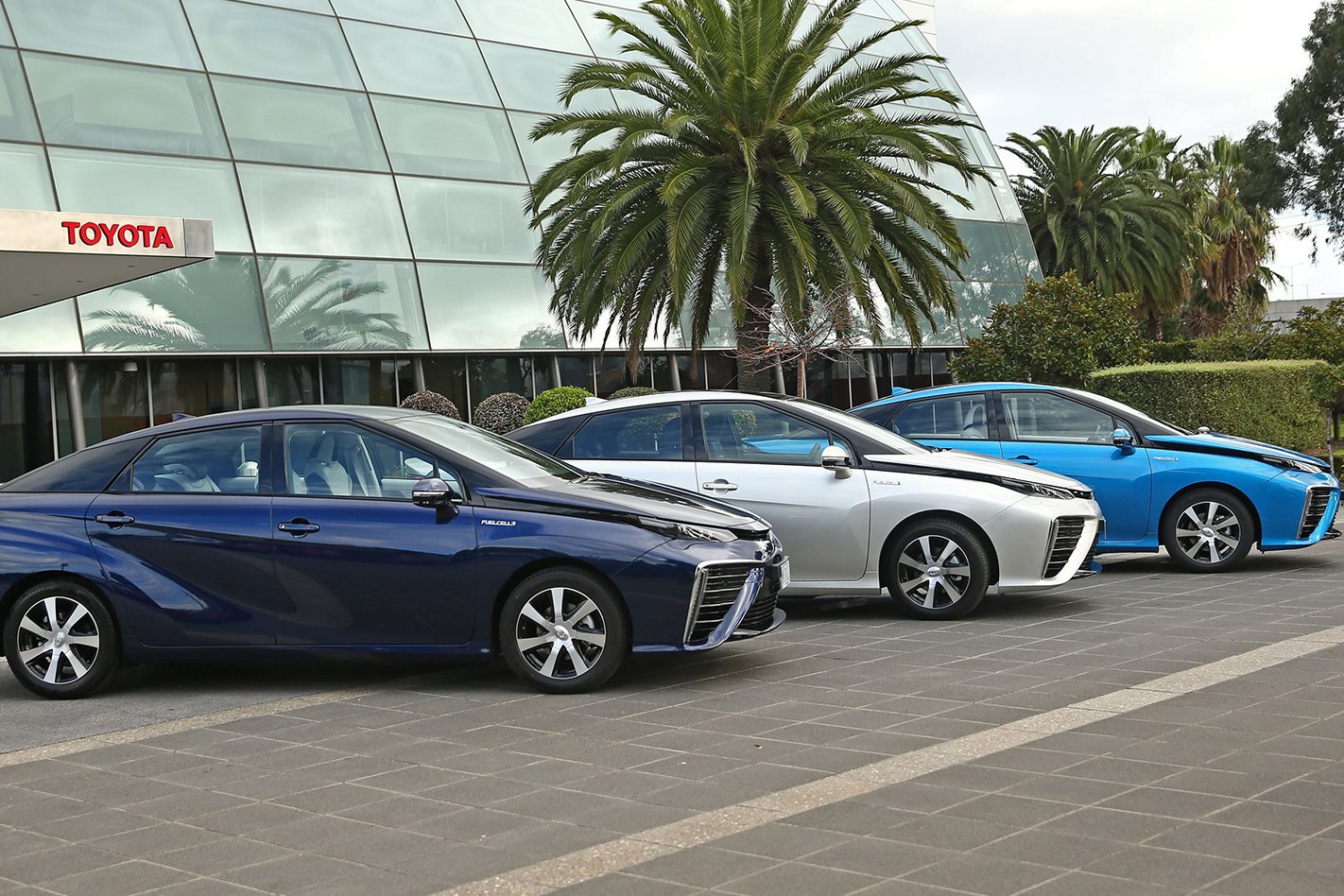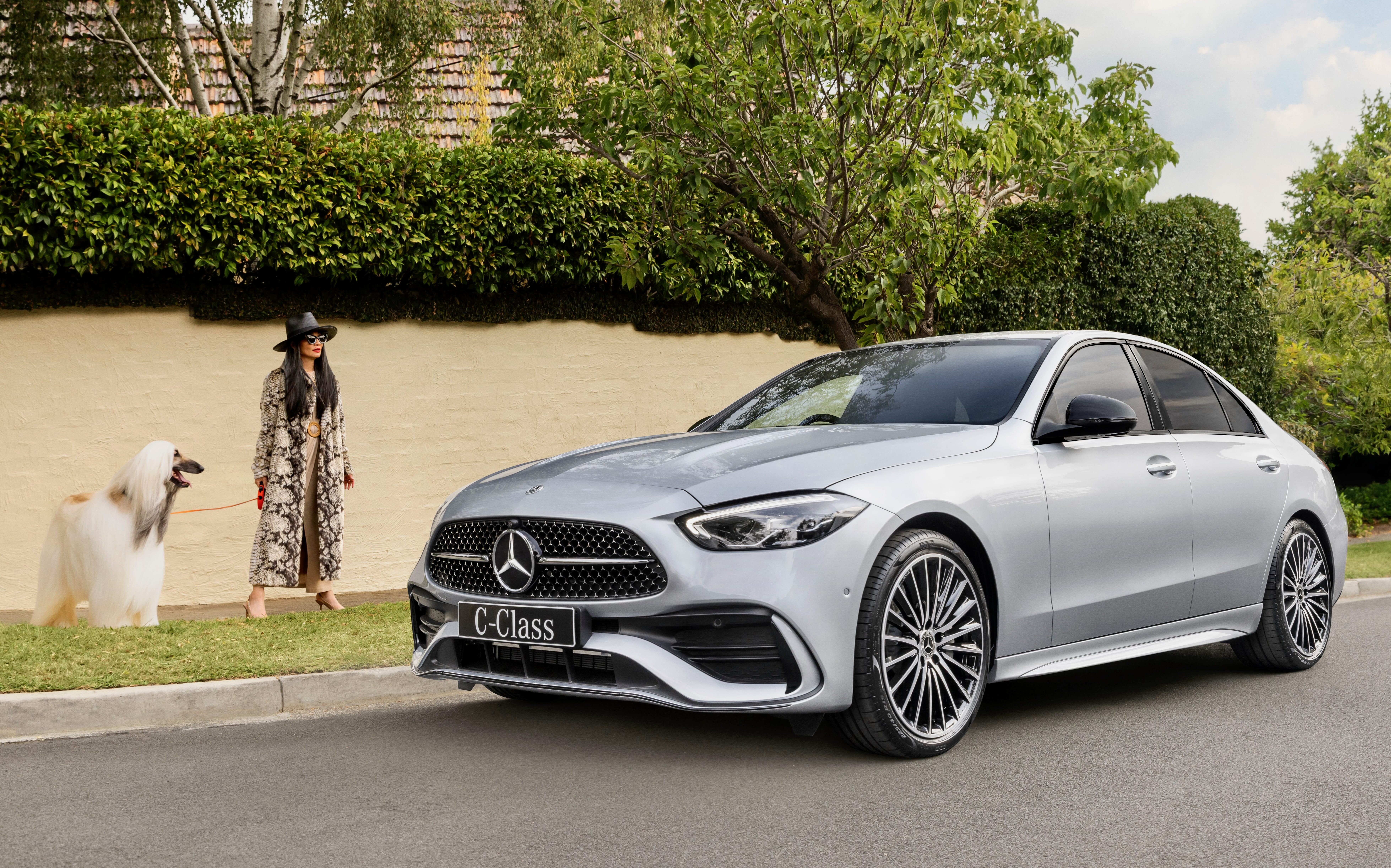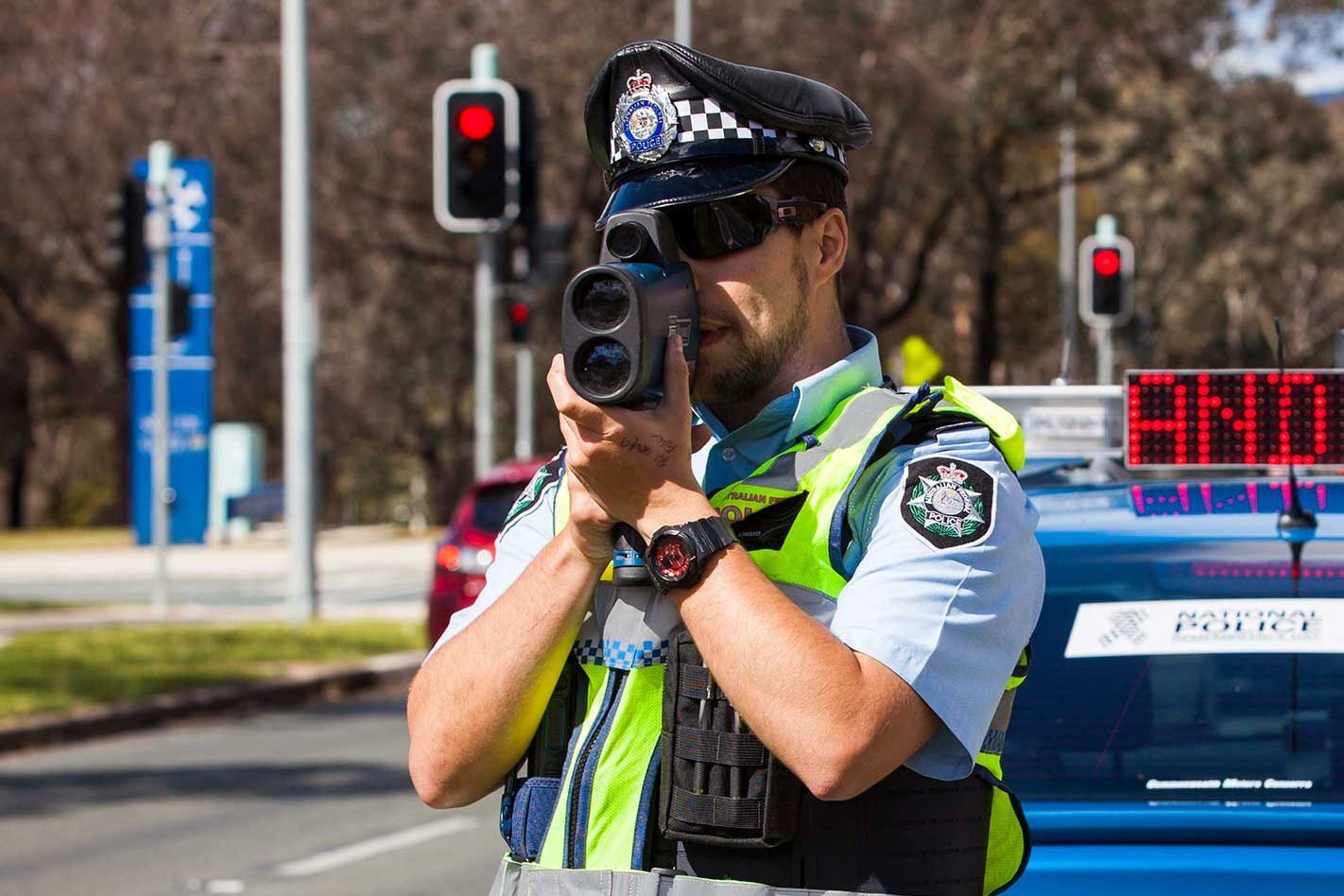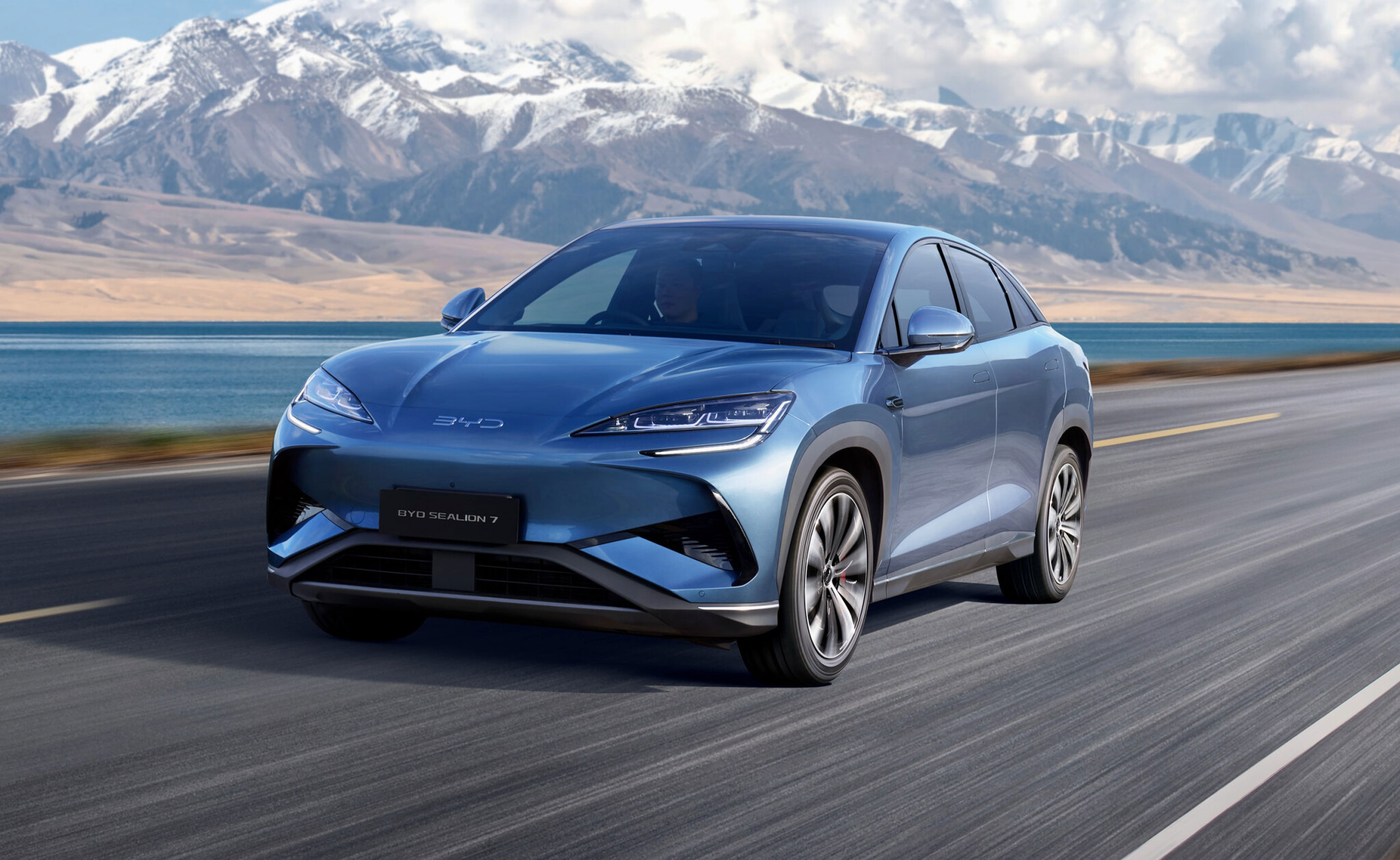Hydrogen fuel cell vehicles are ‘the ultimate goal’ according to Hyundai.
Australia’s two most popular car brands have joined forces in an effort to jump start the rollout of hydrogen infrastructure in Australia, as well as a renewed push for government incentives for environmentally friendly vehicles.
Collaboration between Hyundai and Toyota has strengthened in recent weeks following the local delivery of three Toyota Mirai fuel cell vehicles (FCVs) and a mobile hydrogen refuelling station arriving later in the year.
“We had the enemy in our building this week,” joked Hyundai spokesman Bill Thomas.
“Government can’t be seen to show any sort of favour to a single manufacturer, so it’s important we make a unified representation together.”
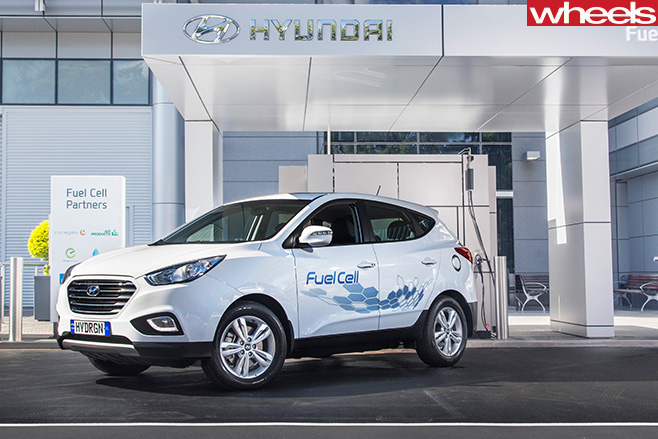
“From a car manufacturer point of view we see hydrogen fuel cell as the ultimate goal – the range, the practicality, the refuelling time – we’re all used to going to a petrol station, filling up in three minutes then driving away and doing 600kms. Fuel cell gives you the best comparison to petrol.”
Nargar says working with Toyota is critical to getting widespread recognition for hydrogen as a viable alternative to fossil fuels.
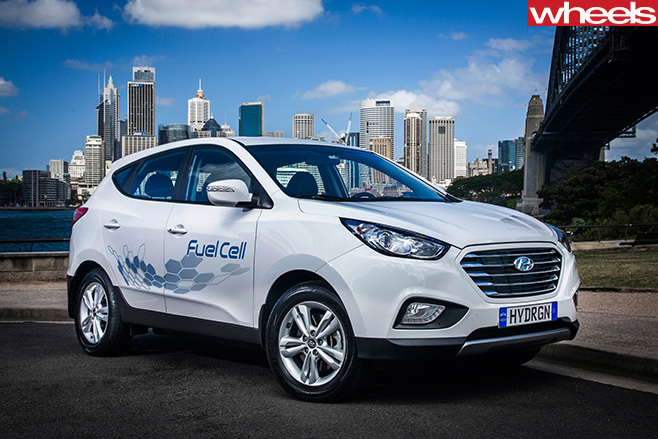
“We’re working very closely at local government level, state and federal government level.
“The industry is preparing for what needs to happen in the future and it’s all based around the vehicle emission regulation and what the government announces.”
Hyundai introduced its first FCV to Australia on 30th June 2014, a left-hand drive ix35 engineering demonstrator. A single hydrogen fuel station at the Hyundai headquarters in Macquarie Park, NSW, was commissioned in December 2014.
“It’s been pretty tough having only one vehicle here, but now Toyota has arrived with their three vehicles in right-hand drive. It’s a great thing and we welcome it,” says Nargar.
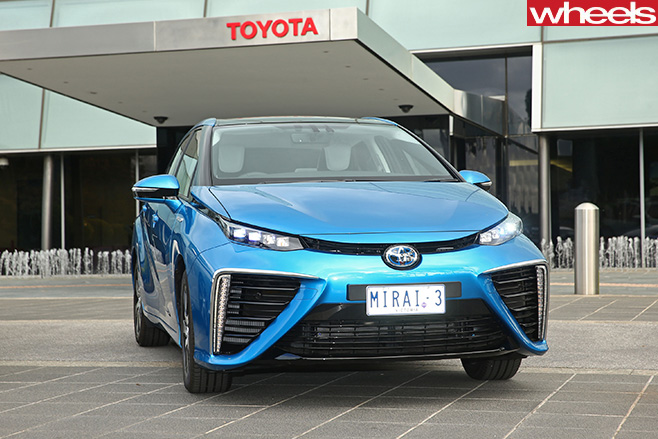
Toyota will be dipping its toes in the water over the next three years with its small fleet of Mirai FCVs.
“We are extremely interested in fuel cell technology, but we need the relevant infrastructure in place before we can sell these vehicles in Australia,” said local Toyota boss Dave Buttner.
“Fuel cell technology is expected to play a key role in the future and we do not want Australians to miss out on this.”
Hyundai and Toyota regularly top the list of best-selling cars Down Under though it seems the rivalry has taken a backseat where hydrogen is concerned.

“We’re a car company, we don’t want to own hydrogen filling infrastructure. That’s why we’re talking with people like Caltex with 1200 sites across Australia.
“We’re about ten years behind Europe and North America. If we don’t start deciding where the first stations are going to be we’re going to be twenty years behind.”
Industry circles sometimes joke that hydrogen is the fuel of the future… and always will be. It’s a cynical view of the current state of play where hydrogen has failed to break into the mainstream for decades. Nargar says constant technological improvements have us closer than ever to the tipping point.

“We’re excited about what that’ll be. It’ll be a right hand drive vehicle and it’ll be an SUV platform again. I have seen it, and I’m really happy. It’s not a standard-looking ix35 or Santa Fe, it’s a standalone chassis within its own unique design. It’s a very premium and prestigious-looking design.”
Doubters may accuse Hyundai of putting the cart before the horse, though the company itself is stanchly confident.
“I’ve got no fear we’ll have the customers ready to roll when these vehicles arrive,” says Nargar.
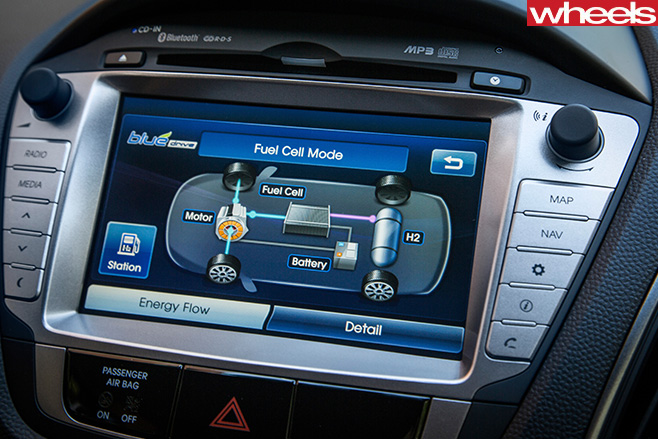
The average cost of hydrogen at stations in Europe is about AU$15 per kilo, but can drop as low as AU$9-10 per kilo where there is competition between stations. A full tank of hydrogen in the ix35 is 5.4kg – roughly AU$48-$81.
“The benefit of hydrogen is we don’t have to make it at a refinery and transport it. You can plug in green power whether that be off the grid or solar panels, then plug in water and you’ll make hydrogen on site. And that’s the thing that’s going to drive down the costs.
“There are some really switched on companies in Australia looking at distributed refuelling. Why can’t we be refuelling cars at home, or at our local shopping centres or schools? Or having a refueller setup at apartment blocks? We’ll support any of that.”

